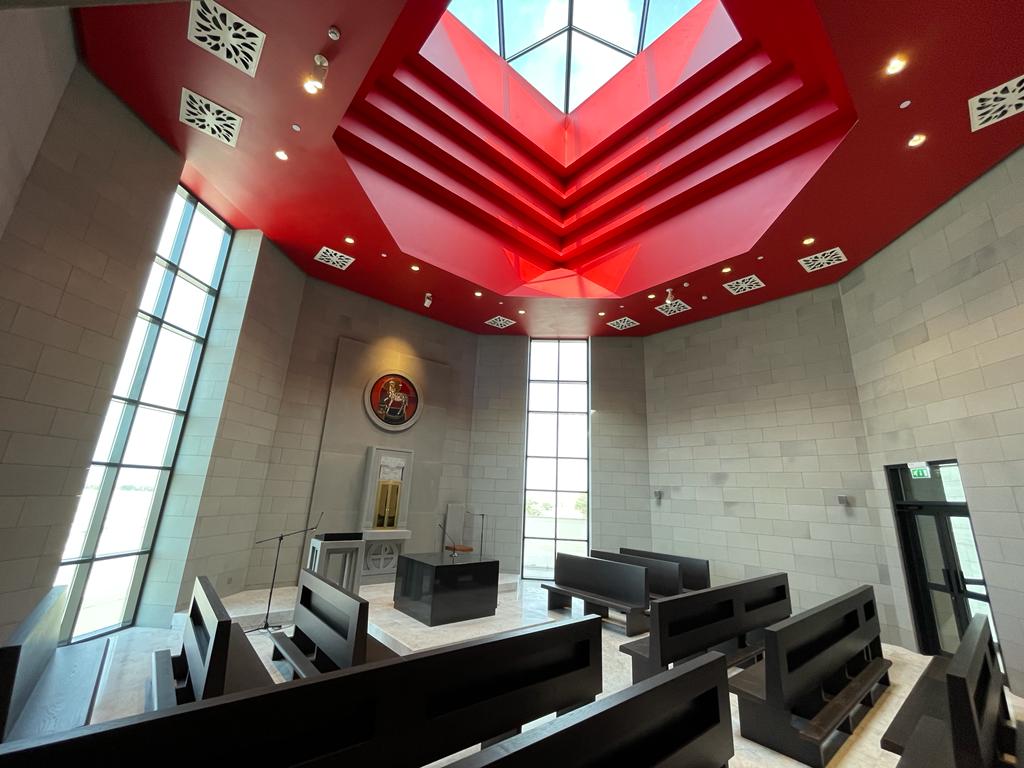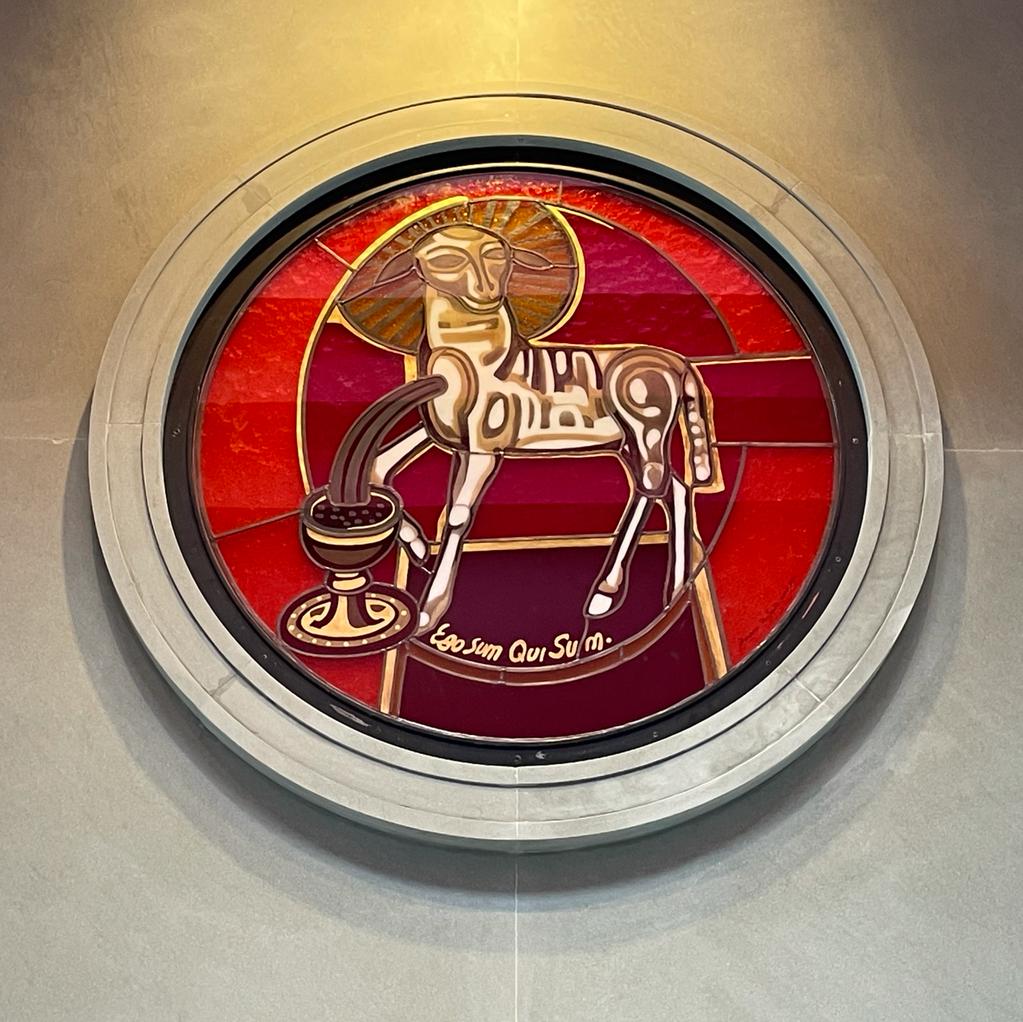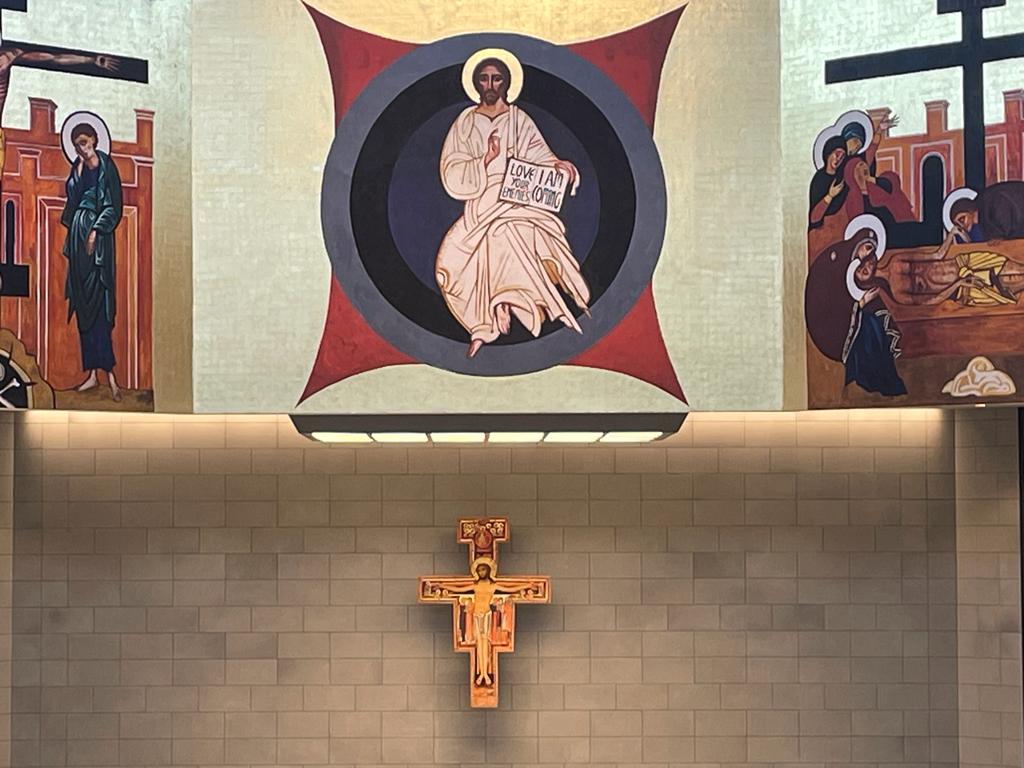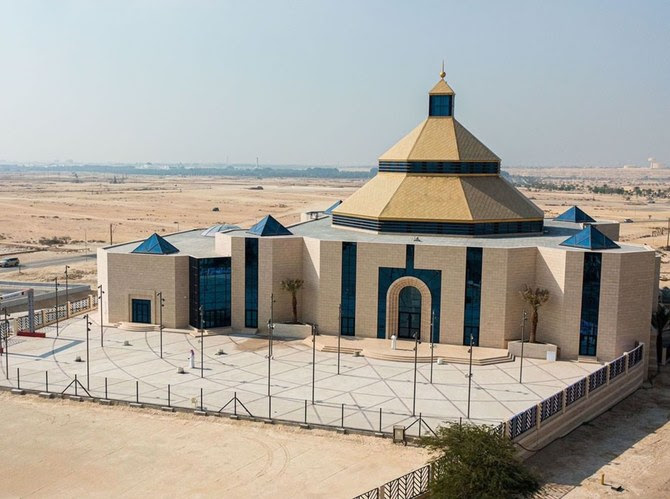Il Foglio 12/9/2021
Our Lady of Arabia, a catholic cathedral in Bahrein
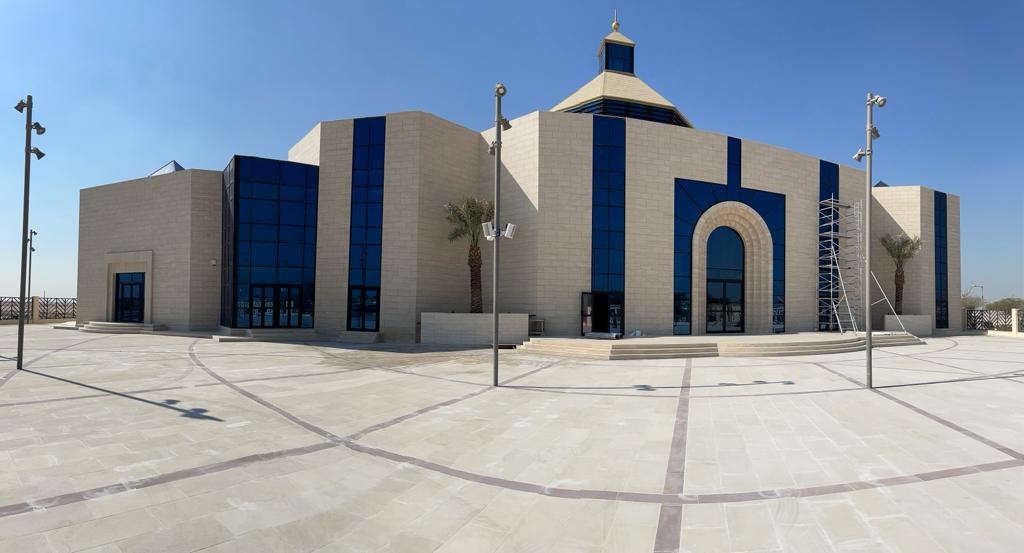
Once upon a time there was Francis of Assisi, the poor one. Full of zeal for the gospel, he was preaching walking everywhere. He also went to the crusades, according to Thomas from Celano. He wanted to announce the love of God to the sultan to be murdered. He wanted to die as a martyr, as it happened to many of his friars.
It happened that he really managed to talk to the sultan, he announced him Jesus dead and risen, but it also happened that he did not die as a martyr. On the contrary, he was well received.
Eight centuries later, a king, Bahrein’s monarch Ḥamad bin ʿĪsā Āl Khalīfa, offered to the apostolic vicar for North Arabia, the holy archbishop Camillo Ballin, who already passed to the Father, 9000 square meters of land to build a church.
The fact is not common.
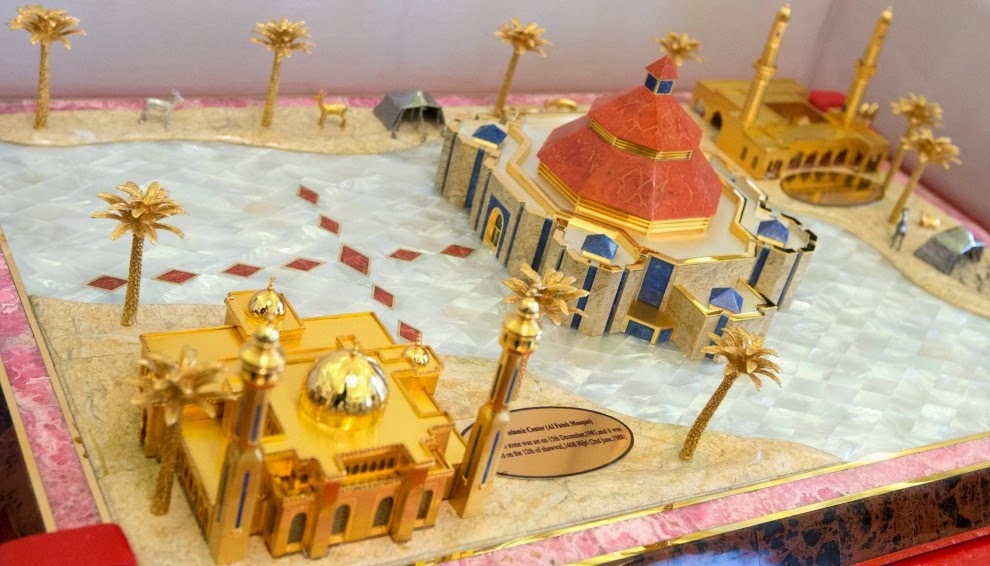
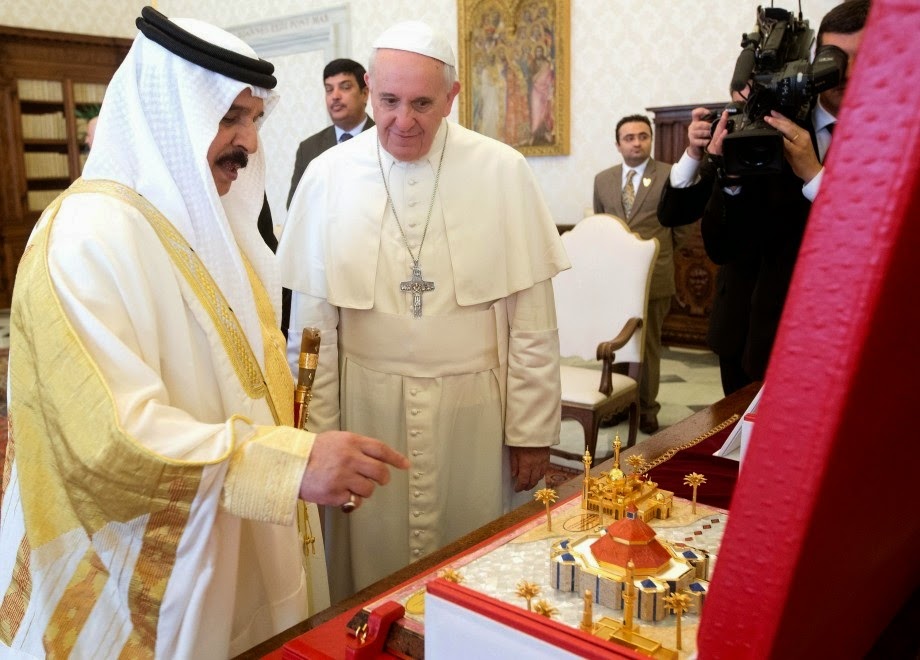
For the design of the Cathedral of Our Lady of Arabia and the adjacent bishop’s residence, Ballin has launched an international competition. In 2014 the group of architects led by Mattia del Prete was the winner. Del Prete has been for decades the closest collaborator of Francisco Arguello Wirtz (another Francis, coincidentally), co-initiator with Carmen Hernandez of the Neocatechumenal Way. Kiko, an uncommon fellow. He too chose to be poor and went to live among the last in the Madrid shacks. Then he went around the world many times to proclaim the Gospel everywhere.
Kiko is an artist. An artist who, in recent years, added music to painting, sculpture and architecture: “The Suffering of the Innocents”, the symphony he composed, has been performed, in the most prestigious concert halls in the world, but also in front of the main entrance to the Auschwitz-Birkenau concentration camp in the presence of the highest Jewish and Christian religious authorities.
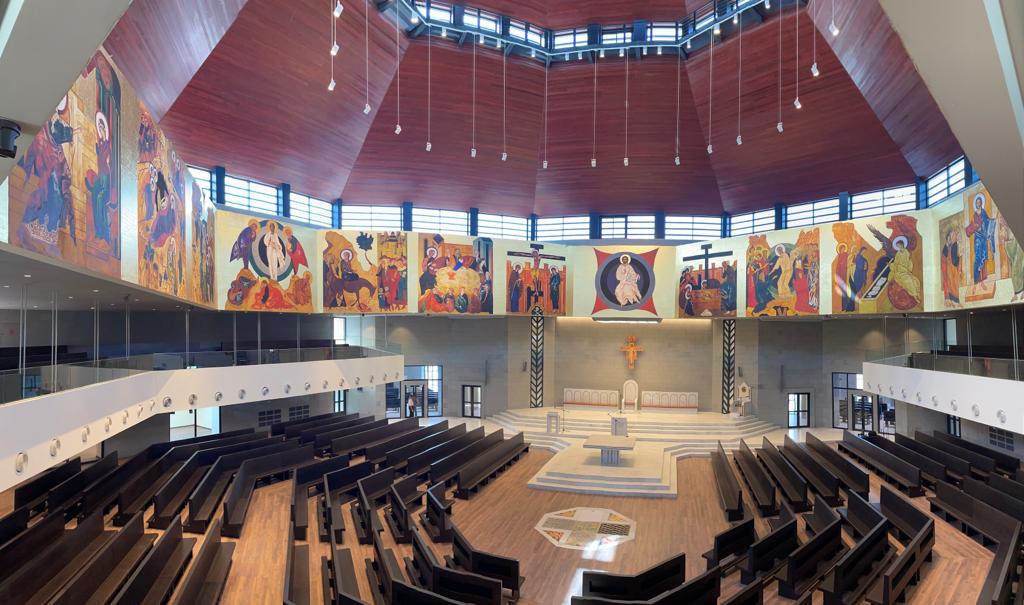
Kiko knows that worship “is the culmination towards which the Church’s action tends and, at the same time, the source from which all its strength springs” (Sacrosanctum Concilium) and that is why he has always paid so much attention to the quality of environments in which the communities he founded come together. Over the course of more than fifty years the “New Aesthetics” of the Way, as it was called, has been enriched with many artistic solutions which today form a well-recognizable architectural body. Churches, seminaries, catecumeniums, the Domus Galilaeae on the Mount of Beatitudes in Lake Tiberias, represent a well-articulated set of solutions that allow the brothers and sisters to nourish themselves with beauty, together with the Word of God and the sacraments.
Kiko has talked about beauty many times. I quote some of his expressions: “John Paul II speaking of artists said a deep sentence: ‘This world in which we live needs beauty, in order not to fall into despair’. The Pope related beauty with hope, with love “; “There is a profound secret in aesthetics, which is love”; “God created the universe and the earth with immense love and great harmony. There is a wise and profound balance that embraces everything, starting with the colors (for example, each red corresponds to a complementary type of green), so that everything refers to another, in a wonderful polychromy and polyphony: the blue sky, the green of the branches of the trees, the rugged and rugged mountains, everything sings and proclaims the beauty of God’s work “; “This love of God for man has a profound aesthetic value, because God, who is Love, also wants to please man”; “I am convinced that only a new aesthetic will save the Church”.
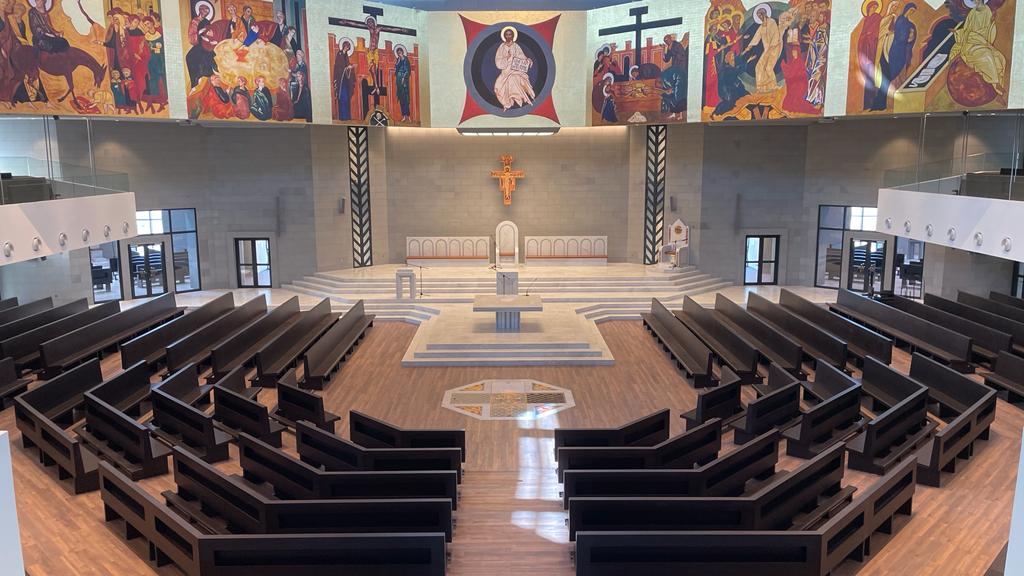
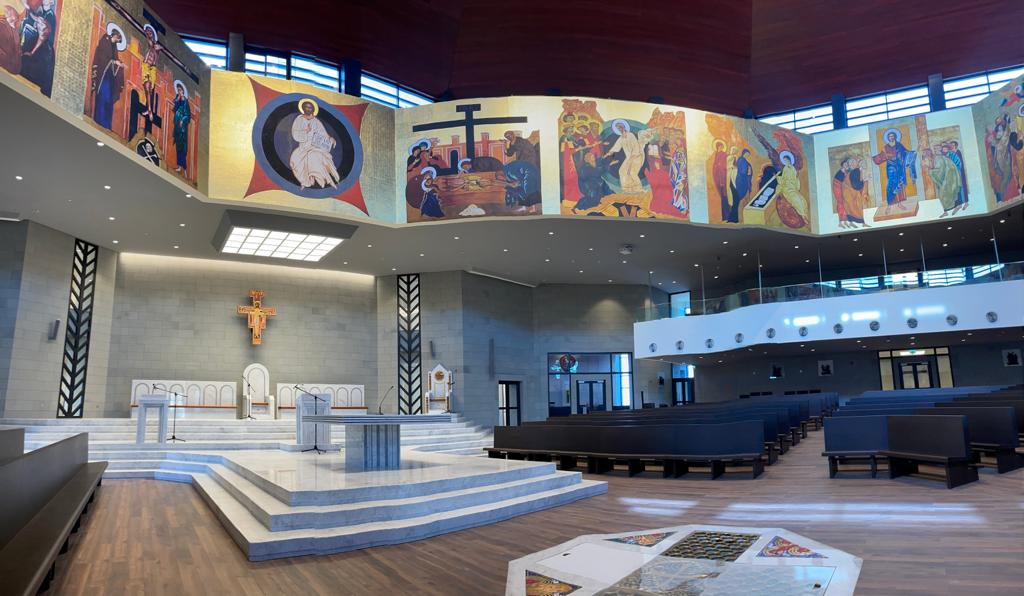
As for the churches, the “New Aesthetics” has two fundamental characteristics: the central, octagonal plan, allows the fullness of the community liturgical life developing around the altar, and the recovery of the icons of the Orthodox tradition: “We would like recover the figures, recover the unity between East and West “, “in the East, iconography is not an accessory element, an ornament for its own sake, but it is an integral and essential part of the liturgy: it is an announcement, the announcement of Jesus Christ. All the great oriental churches are rich in icons, and at the beginning of every ‘divine liturgy’, that is, of the Eucharist, there is the censing of icons, which are the announcement of the reality of heaven. The abundance of gold in the icons, in the background, in the decorations, in the images, means the announcement of a celestial reality
Starting from the icons, Kiko created what he called a “mystic crown”: a circular space at the base of the dome, entirely frescoed, with panels illustrating the salient episodes of Jesus’ life and announcing his triumphant return: “The images of the mystic crown intend to touch the spirit of the faithful who contemplate them. Their purpose is to help mankind to raise its spirit towards God “.

Architect Mr. Del Prete and his team made use of the artistic consultancy of Kiko Arguello and created a valuable synthesis of the most beautiful innovations developed over the years by the New Aesthetics of the Way: a large golden dome that represent the sky, the mystic crown in which sheets of gold leaves surround the paintings and unite them in an uninterrupted strip of light, the use of a new type of modern, symbolic stained glass with geometric features, the altar at the center, the coverings in marble exteriors and interiors made of Roman straw-colored travertine, serene stone, Yellow Siena, Red Verona, Carrara marble.
All the wooden and marble furnishings were made by Italian companies. The works began in 2018 and have just ended; Our Lady of Arabia will be inaugurated tomorrow, December 10, 2021.
Ḥamad bin ʿĪsā Āl Khalīfa, who gave the Pope a model in precious metals of the winning project, appreciating the beauty of the church, allowed the laying in it of a cross.
This is also an unusual choice.
Angela Pellicciari
